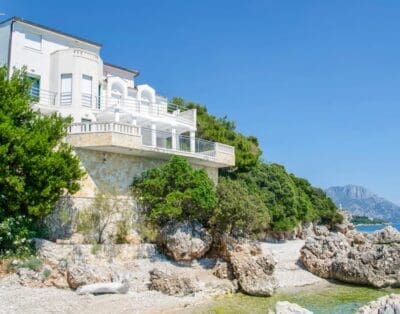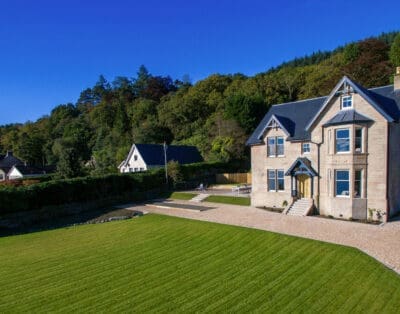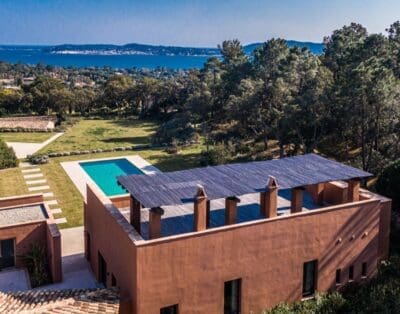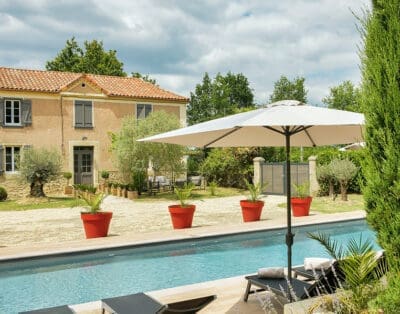Climbing the Heights of Private Aviation
Perceptions need to be constantly up-dated in a rapidly changing world where new technology and people’s demands are pushing boundaries to ever higher levels. Before the word ‘Superyacht’ was coined to describe the most impressive yachts, one around 42m. was deemed a ‘big’ yacht. Now a true Superyacht surely has to be 75m. and even longer.
In aviation terms, the general perception of a Gulfstream 5 jet has been the ultimate in sophisticated private aeroplanes. Seemingly, airliners configured for private are used by heads of state and a few others in a rarefied stratum of society. However, the world’s popular press has usually only been able to allude to the mysteries surrounding these flying palaces, as security is invariably very tight to retain privacy. Nevertheless, we have been able to gain an extraordinary insight into these privately configured airliners, both narrow and wide-bodied from aeroplane builders such as Airbus and Boeing.
Entry into this world apart is not for the faint-hearted. To set a scale of cost, fitting out a well-appointed yacht will cost five times that of the equivalent standard house. This premium cost pales into insignificance as a privately configured airliner’s interior will cost ten times that of a yacht.
A shiny, new airliner which can fly is only half of the total finished cost, not as I had assumed, something that was a very secondary consideration. The manufacturers of smaller aircraft generally work on the basis of a semi-custom build. A series of standard layouts and other options will have been developed and received approvals on certification; this can dramatically improve delivery times and reduce costs. It is inevitable that these packages are frequently lacklustre in style and individuality.
First time owners of these private aircraft will invariably have had experience of hiring airliners or owning smaller aeroplanes, but they are fairly frequently caught out with their new craft parked, unused in a Hangar. The time taken to design and fit out the bespoke interiors can, depending upon their size, be a 30 months’ undertaking.
The creative design phase is around nine months with a similar period required to adapt and design the engineering element to fit the interior. Installation and final certification will consume another six months.
I visited the studios of Andrew Winch Designs who are situated on the Thames riverbank; their fully glazed walls overlook the Oxford and Cambridge boat race course at Putney that must delight clients. A team of 70 is still growing, they are the largest in their specialisms of yacht interior and exterior styling, together with the interiors of aircraft. Satisfied clients have drawn them into a third area to include designing every accommodation requirement event to the extent of a suite in the Swedish Ice Hotel.
Name just about any modern airliner and they have worked on at least a dozen different models including; Boeing, 767, 787-900 Dreamliner, Airbus A318, 340 -400 and ACJs. Their skills have also worked magic on an Airbus AS 365 Eurocopter.
Jim Dixon, head of the aviation design team, had invited me to explore his speciality. No words were necessary to start the steep learning curve. We met in one of the most stimulating environments you can imagine; a series of rooms that contain and display a seemingly endless range of different materials and fittings. For someone with an interest in design this was a superb sweet shop or more adult; a mouth-watering wine cellar.
Throughout the firm, the approach is that each client and project presents the opportunity to create something personal and individual. There is no recognisable house style so often found elsewhere, this approach keeps everything fresh and inspires the teams to follow up on new materials and to create new trends. They have led the way in creating a more spacious appearance within the tube which is the fuselage by providing long sightlines with wide doors and other apertures that can open up along most of the length of the cabin area. Their ‘Project Mayfair’ sets out a model of their latest ideas for interior design. Their input normally extends to the livery on the exterior which in this instance eschews the traditional flowing lines with a series lines at off-set angles; sharp and eye-catching.
For many of the owners, the design phase is a much enjoyed experience as the creative process is stimulating, much the same as the clients enjoy in developing their businesses.
The lifestyle of the clients is an area that the designers explore so they can fully reflect core elements across the whole design. It is not just the traditional, modernist or minimalism, it is much more detailed; perhaps it is certain artefacts or arrangement of furniture and pictures in their offices or homes that have particular appeal. For those who find it difficult to envision what a certain area or finishes would look like in physical form, mock ups can be built; typically a two meter wide slice of half the width of the cabin area. The Hi-Tech alternative is effectively 3D images which can be developed in-house and seen on a screen, this ‘walk through’ imagery makes it easy to relate closely to the end product. However, traditionalists still have the option of viewing watercolour images.
Most of the layouts include at least one bedroom suite along with lounge and dining areas, surprisingly, a formal office is not a common requirement. Owners tend to use flying time for undisturbed thinking and relaxing time as they can cut off the outside world.
It may appear that every whim can be indulged, but extravagance in weight is an area where savings are diligently pursued in every design; more weight:– less range. Obvious areas of weight are saving is not using materials as wafer thin veneers of marble; it is applied even to the weight of wine glasses.
There are similarities with yacht design with which I am more familiar, both yachts and aeroplanes are relatively long and narrow requiring great attention to detail. Whilst the technology in yachting is right up there with aviation, the extra constraints on the latter of both certification and weight present real challenges. You really do need to work with a design team which can demonstrate an extraordinary level of diverse skills that make even the most onerous requirement look simple in its solution.
www.andrew-winch-designs.com







